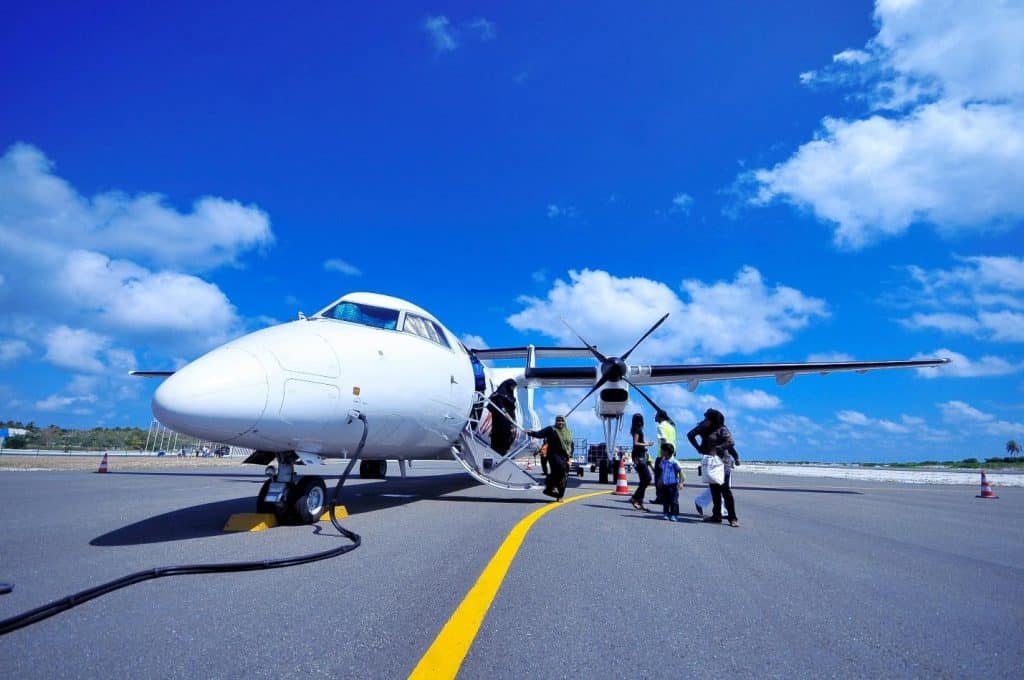Avionic systems are the backbone of modern aircraft, integrating advanced electronics and software to ensure safe, efficient, and reliable flight operations. From navigation and communication to flight control and monitoring, these systems play a critical role in both commercial and military aviation. As aircraft technology continues to evolve, understanding the fundamentals of avionics is essential for professionals in aerospace, engineering, and aviation maintenance.
This article explores the core components of avionic systems, their functions, and the importance of maintaining high standards in their design and upkeep.
Core Components of Avionic Systems
Avionic systems encompass a wide range of electronic devices and subsystems that support the operation of an aircraft. These typically include:
- Navigation Systems: GPS, inertial navigation systems (INS), and radio navigation tools help pilots determine their position, route, and destination with precision.
- Communication Systems: Radios, transponders, and satellite communication devices enable pilots to communicate with air traffic control and other aircraft.
- Flight Control Systems: These include autopilot systems, fly-by-wire technology, and control surface actuators that assist in managing the aircraft’s movement.
- Monitoring and Display Systems: Instruments such as altimeters, airspeed indicators, and multifunction displays provide real-time data to pilots and crew.
- Collision Avoidance and Safety Systems: TCAS (Traffic Collision Avoidance System), weather radar, and terrain awareness systems enhance situational awareness and safety.
Each of these components must work seamlessly together to ensure optimal performance and safety throughout the flight.
Integration and System Architecture
Modern avionic systems are highly integrated, relying on centralized processing units and data buses to manage communication between subsystems. This integration reduces weight, improves reliability, and simplifies maintenance. The architecture typically includes:
- Data Buses: Standards like ARINC 429 or MIL-STD-1553 facilitate communication between devices.
- Flight Management Systems (FMS): These centralize navigation, performance optimization, and route planning.
- Redundancy and Fail-Safe Design: Critical systems are often duplicated to ensure continued operation in case of failure.
Understanding how these systems interact is crucial for technicians and engineers who maintain and troubleshoot aircraft electronics.
Maintenance and Reliability Considerations
Avionic systems must meet rigorous standards for reliability and performance. Regular inspections, software updates, and hardware testing are essential to ensure continued functionality. Maintenance teams rely on diagnostic tools and built-in test equipment (BITE) to identify and resolve issues quickly.
One key aspect of maintaining avionic systems is the use of high-quality materials and fluids. For example, hydraulic systems that support flight control surfaces and landing gear require fluids that meet strict aviation standards. Using quality skydrol, a fire-resistant hydraulic fluid, helps ensure system integrity and safety under extreme conditions. Its compatibility with aircraft components and resistance to degradation make it a preferred choice in aviation maintenance.
The Role of Avionics in Flight Safety
Safety is the cornerstone of aviation, and avionic systems are central to achieving it. Advanced avionics help pilots make informed decisions, avoid hazards, and respond effectively to emergencies. Features like automatic dependent surveillance–broadcast (ADS-B), enhanced vision systems (EVS), and synthetic vision systems (SVS) provide critical situational awareness.
Moreover, avionics support compliance with regulatory requirements. Systems must meet standards set by organizations such as the FAA, EASA, and ICAO. These regulations govern everything from equipment certification to operational procedures, ensuring that aircraft meet global safety benchmarks.
Future Trends in Avionics
The future of avionic systems is shaped by innovation in automation, connectivity, and artificial intelligence. Emerging technologies include:
- NextGen Air Traffic Management: Enhancing efficiency and reducing delays through satellite-based navigation and real-time data sharing.
- Wireless Avionics Intra-Communications (WAIC): Reducing wiring and improving system flexibility.
- AI and Predictive Maintenance: Using machine learning to anticipate failures and optimize maintenance schedules.
As these technologies mature, they will further enhance the capabilities of avionic systems, making air travel safer and more efficient.
Conclusion
Avionic systems are a vital part of modern aviation, enabling safe, efficient, and intelligent flight operations. By understanding their components, architecture, and maintenance requirements, aviation professionals can ensure these systems perform reliably under demanding conditions. As technology continues to advance, staying informed about the fundamentals of avionics will remain essential for anyone involved in the aerospace industry.
